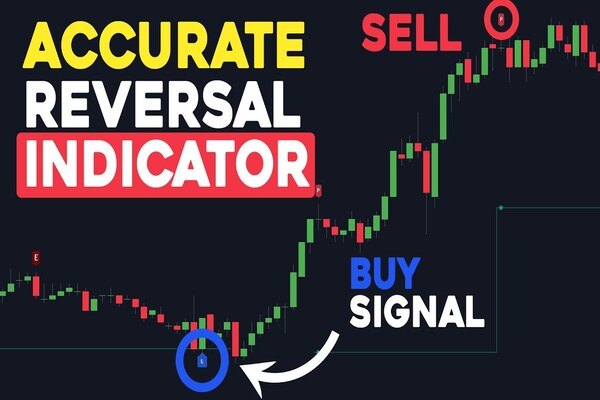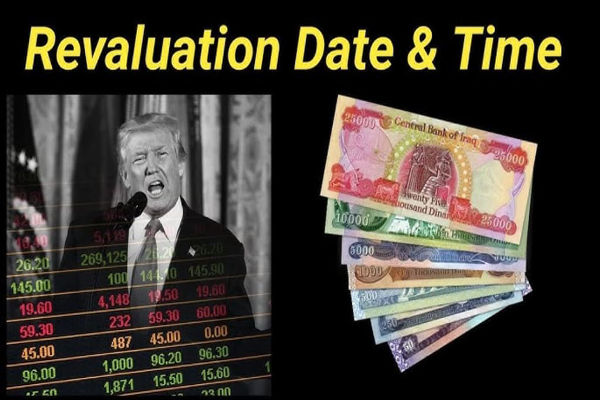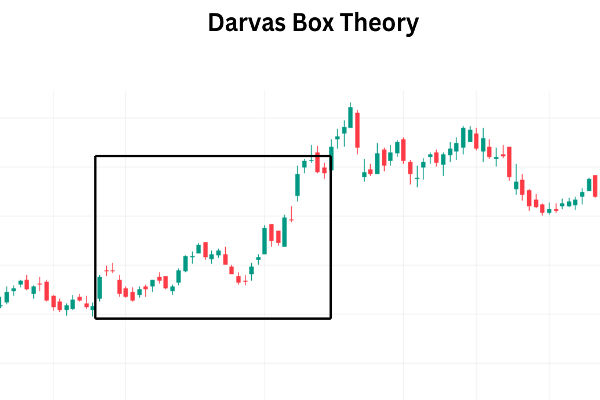Expansionary fiscal policy refers to a deliberate government strategy to stimulate economic growth, especially during periods of economic stagnation or recession. This policy boosts aggregate demand through increased public spending, tax cuts, or both.
The goal is to reduce unemployment, spur consumer and business spending, and accelerate GDP growth when private sector activity weakens.
Understanding Expansionary Fiscal Policy

At its core, expansionary fiscal policy aims to inject more money into the economy to spur growth. When an economy enters a downturn, businesses cut back on investment, consumers reduce spending, and unemployment often rises.
This creates a downward economic spiral. The expansionary fiscal policy seeks to reverse that trend by increasing the amount of money circulating in the economy.
Governments either inject money directly through spending or reduce tax burdens to increase consumers' disposable income. This contrasts with contractionary fiscal policy, which aims to cool down an overheating economy and typically involves spending cuts or tax increases.
Mechanisms of Expansionary Fiscal Policy
Governments have several tools at their disposal when deploying expansionary fiscal policy, each targeting different demand stimulation:
1) Increased Government Spending: This is a direct method where public funds are used for infrastructure projects, defence, education, and healthcare. These projects provide essential services and jobs, inject money into local economies, and foster business activity across supply chains.
2) Tax Reductions: This provides relief to households and businesses. For individuals, income tax cuts mean higher take-home pay, which can increase consumer spending. For businesses, corporate tax reductions lower operating costs and may encourage hiring, expansion, or capital investment.
3) Transfer Payments: This method involves redistributing funds via social programs like unemployment benefits, stimulus checks, or child tax credits. These payments are typically targeted at lower-income households likely to spend the money quickly, thereby boosting short-term economic activity.
Historical Examples

The global economy has witnessed several prominent cases where the policy aided in recovery:
1) The American Recovery and Reinvestment Act of 2009: This was one of the most significant stimulus packages in U.S. history. In response to the Great Recession, the U.S. government authorised over $800 billion in federal spending and tax incentives to revitalise the economy.
The funds were directed toward infrastructure development, education, healthcare, and renewable energy projects, aiding in job creation and long-term growth.
2) China's 2008 Stimulus Package: Totaling 4 trillion yuan, the government poured funds into infrastructure, social housing, and technological development to combat falling exports and prevent an economic slowdown.
The stimulus helped China maintain GDP growth above 8% when most major economies were shrinking.
3) The Economic Stimulus Act of 2008: This example included tax rebates of up to $600 per individual. These rebates were designed to encourage consumer spending amid the financial crisis. Although short-term in impact, this measure immediately brought demand into the economy.
Benefits
When executed effectively, expansionary fiscal policy can produce several macroeconomic benefits.
One massive benefit is job creation. Public works programs, like highway or rail construction, immediately create employment opportunities and stimulate job growth in associated sectors such as construction, engineering, and materials supply.
It also boosts economic output by increasing aggregate demand. When businesses observe rising demand, they are more likely to invest in equipment, inventory, and employees. This virtuous cycle can help revive economic momentum and bring the economy closer to full capacity.
Additionally, expansionary fiscal policy can act as a buffer against deflation. During recessions, reduced spending and lower demand can lead to falling prices, discouraging consumption. Government stimulus combats this by pushing demand upward and maintaining price stability for economic confidence.
Potential Drawbacks
Despite its powerful economic stimulus effects, expansionary fiscal policy carries certain drawbacks and risks.
Increased public debt is a key concern. Large-scale government spending or tax cuts typically result in budget deficits, requiring the government to borrow money. Over time, excessive debt can burden future budgets with higher interest payments and reduce fiscal flexibility in the face of new crises.
Moreover, there's the risk of inflation. If expansionary measures significantly increase demand without a corresponding rise in supply, prices may rise too quickly, eroding purchasing power. This risk is particularly relevant when the economy is already close to full employment.
Another challenge is the "crowding out" effect. When a government borrows heavily to fund spending, it can increase interest rates, making borrowing more expensive for private businesses and individuals. This can dampen private sector investment, partially offsetting the benefits of government stimulus.
Lastly, timing and political delays can reduce the effectiveness of expansionary fiscal policy. If stimulus is implemented too late, it may coincide with the start of economic recovery, potentially overheating the economy instead of stabilising it.
Conclusion
In conclusion, expansionary fiscal policy is vital in a government's macroeconomic toolkit for lifting economies out of recession and guiding them toward sustainable growth. When appropriately applied, it can reduce unemployment, stimulate investment, and restore consumer confidence. However, careful balance is crucial to avoid long-term risks such as inflation and public debt.
As global economies navigate complex challenges, from inflation cycles to post-pandemic recovery, expansionary fiscal policy remains a relevant and powerful instrument for economic stabilisation.
Disclaimer: This material is for general information purposes only and is not intended as (and should not be considered to be) financial, investment or other advice on which reliance should be placed. No opinion given in the material constitutes a recommendation by EBC or the author that any particular investment, security, transaction or investment strategy is suitable for any specific person.








